Author Photo And Bio
 1. Lolita by Vladimir Nabokov (1955). “Lolita, light of my life, fire of my loins. My sin, my soul.” So begins the Russian master’s infamous novel about Humbert Humbert, a middle-aged man who falls madly, obsessively in love with a twelve-year-old “nymphet,” Dolores Haze. So he marries the girl’s mother. When she dies he becomes Lolita’s father. As Humbert describes their car trip —a twisted mockery of the American road novel —Nabokov depicts love, power, and obsession in audacious, shockingly funny language.
1. Lolita by Vladimir Nabokov (1955). “Lolita, light of my life, fire of my loins. My sin, my soul.” So begins the Russian master’s infamous novel about Humbert Humbert, a middle-aged man who falls madly, obsessively in love with a twelve-year-old “nymphet,” Dolores Haze. So he marries the girl’s mother. When she dies he becomes Lolita’s father. As Humbert describes their car trip —a twisted mockery of the American road novel —Nabokov depicts love, power, and obsession in audacious, shockingly funny language.
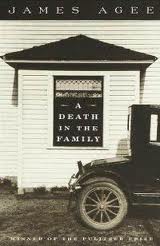 2. A Death in the Family by James Agee (1957). A Pulitzer Prize–winning work of autobiographical fiction tells the story of a Knoxville, Tennessee, family torn asunder by the father’s accidental death in 1915. In stunningly gorgeous prose, Agee chronicles the family’s life before and after the tragedy (as well as the larger community they live in), to depict the fragility of happiness, of family, and of life itself.
2. A Death in the Family by James Agee (1957). A Pulitzer Prize–winning work of autobiographical fiction tells the story of a Knoxville, Tennessee, family torn asunder by the father’s accidental death in 1915. In stunningly gorgeous prose, Agee chronicles the family’s life before and after the tragedy (as well as the larger community they live in), to depict the fragility of happiness, of family, and of life itself.
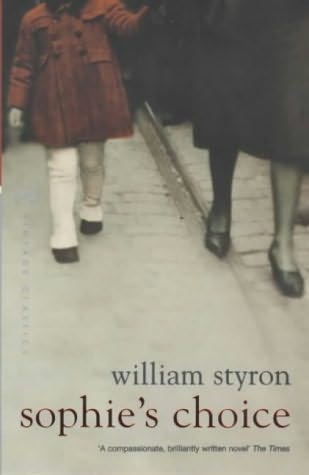 3. Sophie’s Choice by William Styron (1979). This novel is at once the story of a young writer’s coming of age and his slow uncovering of the story of Sophie, his neighbor in a Brooklyn boarding house and a Polish survivor of the Holocaust who has had to make a biblical choice between her children. Comic and tragic, the story moves with symphonic grace toward its final denouement. Looking back across the span of years, an older, somewhat wiser Stingo recreates in lush detail post–World War II Brooklyn and one man’s slow awakening to the horrors people are capable of.
3. Sophie’s Choice by William Styron (1979). This novel is at once the story of a young writer’s coming of age and his slow uncovering of the story of Sophie, his neighbor in a Brooklyn boarding house and a Polish survivor of the Holocaust who has had to make a biblical choice between her children. Comic and tragic, the story moves with symphonic grace toward its final denouement. Looking back across the span of years, an older, somewhat wiser Stingo recreates in lush detail post–World War II Brooklyn and one man’s slow awakening to the horrors people are capable of.
 4. A Confederacy of Dunces by John Kennedy Toole (1980). “The funniest novel of the twentieth century,” said Donald Harington of this sprawling picaresque, which was awarded a Pulitzer Prize after Toole’s suicide. Its blustering, bumfuzzled antihero is Ignatius J. Reilly, an unintentionally hilarious, altogether deluded, and oddly endearing student of man who lives with his mother in New Orleans. Forced by a series of misadventures to finally find work, he endures stints as a pirate-clad hot dog vendor and a file clerk. As he meets strippers, lotharios, and other sharply drawn comic characters, Ignatius rants against the world’s stupidity and ponders his magnum opus, The Journal of a Working Boy.
4. A Confederacy of Dunces by John Kennedy Toole (1980). “The funniest novel of the twentieth century,” said Donald Harington of this sprawling picaresque, which was awarded a Pulitzer Prize after Toole’s suicide. Its blustering, bumfuzzled antihero is Ignatius J. Reilly, an unintentionally hilarious, altogether deluded, and oddly endearing student of man who lives with his mother in New Orleans. Forced by a series of misadventures to finally find work, he endures stints as a pirate-clad hot dog vendor and a file clerk. As he meets strippers, lotharios, and other sharply drawn comic characters, Ignatius rants against the world’s stupidity and ponders his magnum opus, The Journal of a Working Boy.
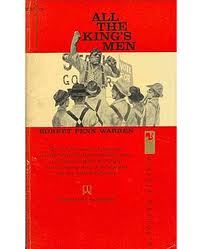 5. All the King’s Men by Robert Penn Warren (1946). In perhaps the most famous American political novel, Warren tracks the unsentimental education of Jack Burden, an upper-class, college-educated lackey to Willie Stark, the populist governor of Louisiana (whom Warren modeled on Huey Long). Burden spirals into self-loathing as he learns how political sausage is made, then finds a moral compass after Stark’s assassination —all told in a bleak poetry that marries Sartre and Tennessee Williams.
5. All the King’s Men by Robert Penn Warren (1946). In perhaps the most famous American political novel, Warren tracks the unsentimental education of Jack Burden, an upper-class, college-educated lackey to Willie Stark, the populist governor of Louisiana (whom Warren modeled on Huey Long). Burden spirals into self-loathing as he learns how political sausage is made, then finds a moral compass after Stark’s assassination —all told in a bleak poetry that marries Sartre and Tennessee Williams.
6. The Sot-Weed Factor by John Barth (1960). Digressions, asides, and stories within stories fill this bawdy, raucous parody of eighteenth-century fiction that reimagines the life of Ebenezer Cooke, who wrote a satirical poem titled The Sot-Weed Factor in 1708. Overseeing his father’s Maryland tobacco plantation, Cooke tries to defend his prized virginity against women and men, while extricating himself from intrigues and counter-intrigues. Language sizzles in this Rabelasian tale that includes one of the longest lists of insults ever committed to paper.
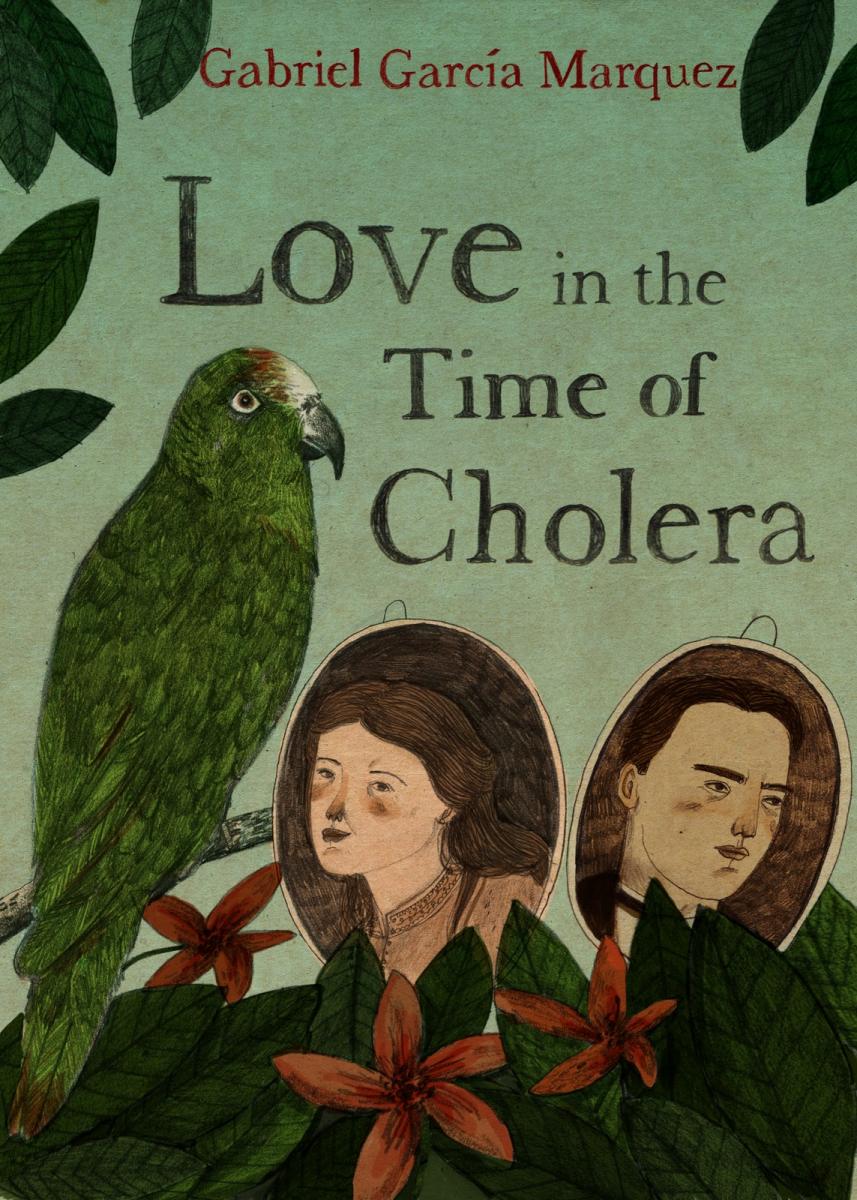 7. Love in the Time of Cholera by Gabriel García Márquez (1985). Márquez takes the love triangle to the limit in this story of an ever hopeful romantic who waits more than fifty years for his first love. When his beloved’s husband dies after a long, happy marriage, Florentino Ariza immediately redeclares his passion. After the enraged widow rejects him, he redoubles his efforts. Set on the Caribbean coast of Colombia, this wise, steamy, and playful novel jumps between past and present, encompassing decades of unrest and war, recurring cholera epidemics, and the environmental ravages of development.
7. Love in the Time of Cholera by Gabriel García Márquez (1985). Márquez takes the love triangle to the limit in this story of an ever hopeful romantic who waits more than fifty years for his first love. When his beloved’s husband dies after a long, happy marriage, Florentino Ariza immediately redeclares his passion. After the enraged widow rejects him, he redoubles his efforts. Set on the Caribbean coast of Colombia, this wise, steamy, and playful novel jumps between past and present, encompassing decades of unrest and war, recurring cholera epidemics, and the environmental ravages of development.
 8. Beloved by Toni Morrison (1987). It’s a choice no mother should have to make. In 1856, escaped slave Margaret Garner decided to kill her infant daughter rather than return her to slavery. Her desperate act created a national sensation. Where Garner’s true-life drama ends, Beloved begins. In this Pulitzer Prize–winning novel, the murdered child, Beloved, returns from the grave years later to haunt her mother Sethe. Aided by her daughter Denver and lover Paul D, Sethe confronts the all-consuming guilt precipitated by the ghostly embodiment of her dead child. Rendered in poetic language, Beloved is a stunning indictment of slavery “full of baby’s venom.”
8. Beloved by Toni Morrison (1987). It’s a choice no mother should have to make. In 1856, escaped slave Margaret Garner decided to kill her infant daughter rather than return her to slavery. Her desperate act created a national sensation. Where Garner’s true-life drama ends, Beloved begins. In this Pulitzer Prize–winning novel, the murdered child, Beloved, returns from the grave years later to haunt her mother Sethe. Aided by her daughter Denver and lover Paul D, Sethe confronts the all-consuming guilt precipitated by the ghostly embodiment of her dead child. Rendered in poetic language, Beloved is a stunning indictment of slavery “full of baby’s venom.”
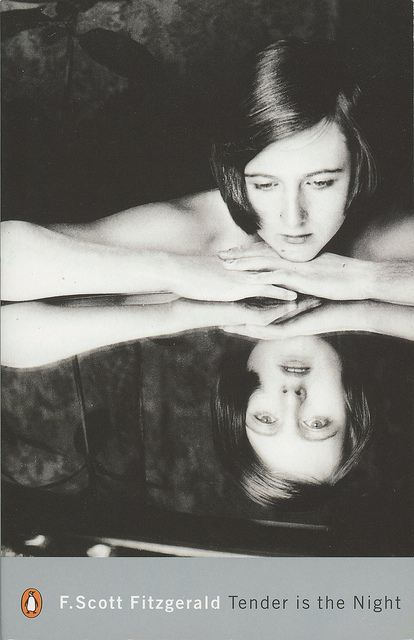 9. Tender Is the Night by F. Scott Fitzgerald (1934). The heartbreaking, semiautobiographical story of two expatriate Americans living in France during the 1920s: a gifted young psychiatrist, Dick Diver, and the wealthy, troubled patient who becomes his wife. In this tragic tale of romance and character, her lush lifestyle soon begins to destroy Diver, as alcohol, infidelities, and mental illness claim his hopes. Of the book, Fitzgerald wrote, “Gatsby was a tour de force, but this is a confession of faith.”
9. Tender Is the Night by F. Scott Fitzgerald (1934). The heartbreaking, semiautobiographical story of two expatriate Americans living in France during the 1920s: a gifted young psychiatrist, Dick Diver, and the wealthy, troubled patient who becomes his wife. In this tragic tale of romance and character, her lush lifestyle soon begins to destroy Diver, as alcohol, infidelities, and mental illness claim his hopes. Of the book, Fitzgerald wrote, “Gatsby was a tour de force, but this is a confession of faith.”
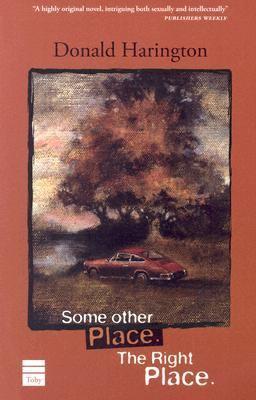 10. Some Other Place. The Right Place by Donald Harington (1972). This picaresque road novel with a ghostly twist centers on a young woman, a recent college graduate, and a shy eighteen-year-old boy who might be the reincarnation of an exuberant poet. Together they light out to learn about the dead man’s life and death; visits to his old haunts showcase Harington’s gift for describing the natural world. As the couple’s bond turns to love, the dead man’s spirit comes ever closer.
10. Some Other Place. The Right Place by Donald Harington (1972). This picaresque road novel with a ghostly twist centers on a young woman, a recent college graduate, and a shy eighteen-year-old boy who might be the reincarnation of an exuberant poet. Together they light out to learn about the dead man’s life and death; visits to his old haunts showcase Harington’s gift for describing the natural world. As the couple’s bond turns to love, the dead man’s spirit comes ever closer.